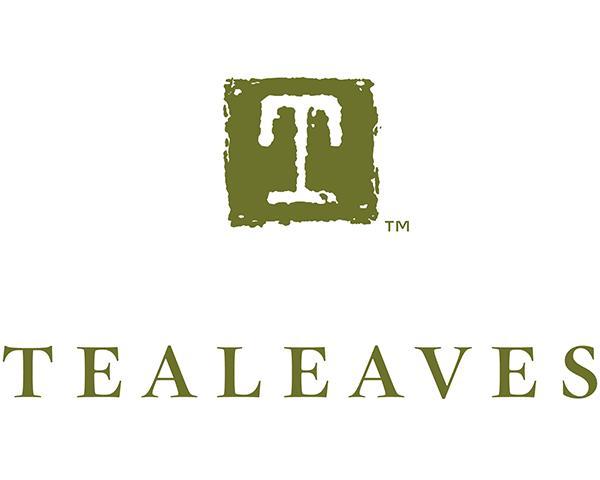Language of Aroma unites 19 leading experts and iconic brands around one powerful detail: Aroma. Join the conversation with a Master Sommelier, Bocuse d’Or team coach, Michelin-star Chef, winemaker, and academics from Brown, UC Irvine, and UBC. Blend in scent-branding experts, artists, Microsoft Inclusive Design leaders, language creators from the Game of Thrones series, Pantone Color Institute, and musicology.
What are the disparate ways in which Aroma can be expressed and understood?
Our Classic Compostable teabags were consciously crafted for this introspective project, optimizing infusion and flavor, with a particular focus on aroma. These teabags are home compostable, designed with learnings explored in the Language of Aroma documentary and serve as the muse for tea-infused culinary and mixology creations by our prestigious five-star hotel and Michelin-star Chef collaborators.



